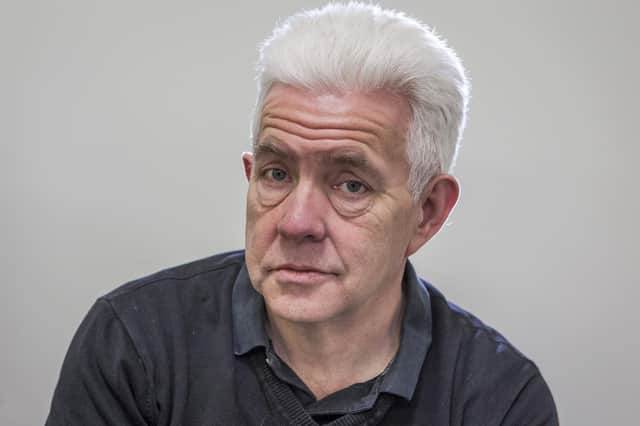Ian McMIllan - Why Sir Alec Clegg's legacy must live on when it comes to education of our children


Here’s a photograph, a black and white photograph. It shows a schoolboy standing at an easel, painting. He’s in a classroom and the light streams through the window, illuminating the vase of flowers he’s painting. The scene is like something an old Dutch master might have created but this is a picture of Yorkshire in the 1960s. It’s an image of a boy making art because art was central to the curriculum of the West Riding under the leadership of a man I’ve written about before, the brilliant chief education officer Sir Alec Clegg.
The image comes from a marvellous book just published by Routledge, The Vision and Legacy of Sir Alec Clegg. It’s a real jewel, packed with essays and illustrations about the importance of the arts in education and I reckon it’s particularly vital at this time when we are digesting the brilliant news that Bradford will be City of Culture 2025 as well as, in the same year, Rotherham being Children’s Capital of Culture. I, for one, can’t wait to see all this potential unlocked and the place for this unlocking to begin is in the classroom or, often, in less informal educational settings.
Advertisement
Hide AdAdvertisement
Hide AdHere’s Clegg writing in the final years of the West Riding before its abolition in 1974: “The careful mounting and display of work by a child who has tried hard is a more powerful motive force than the old competition for marks. Minute observation is a training in sensitivity. Readiness to tell others what you have discovered is a way of developing a concern for others.” How simultaneously revolutionary and old-fashioned those sentences seem in our exam-obsessed times and yet aren’t we all keen to extend young people’s concern for others? If they try hard, shouldn’t their work be displayed on the wall, not only of a classroom but of an art gallery or museum? Isn’t training for sensitivity the best kind of training? I reckon it is.
I remember doing lots of writing and painting in my West Riding junior school but one thing this book is really good at is reminding me how much dance and movement there was in those days; we would gather in the hall and one of the teachers, Mrs Hudson maybe, or Mrs Stansfield, would put some music on the record player or a programme like Music and Movement on the radio and we would move, all of us. As it says in the book: “All the arts have a common beginning and that common beginning is movement. Movement for movement’s sake, the starting point of all the arts.”
In dark times when it seems that the arts are seen as something for posh people to look at, then the examples of Rotherham and Bradford and the legacy of Sir Alec Clegg give me real cause for hope. Let’s remember that we can all be writers, we can all be artists, we can all be people who move through the world with confidence and grace.